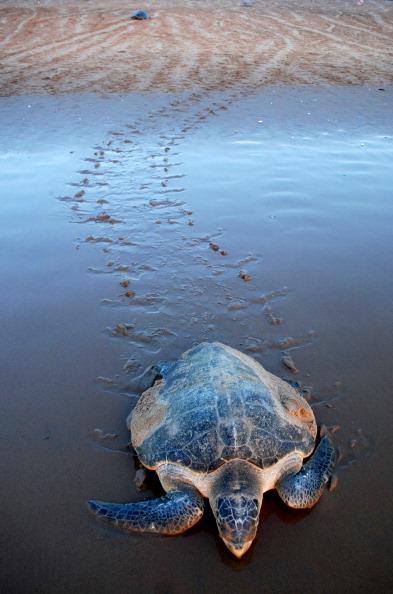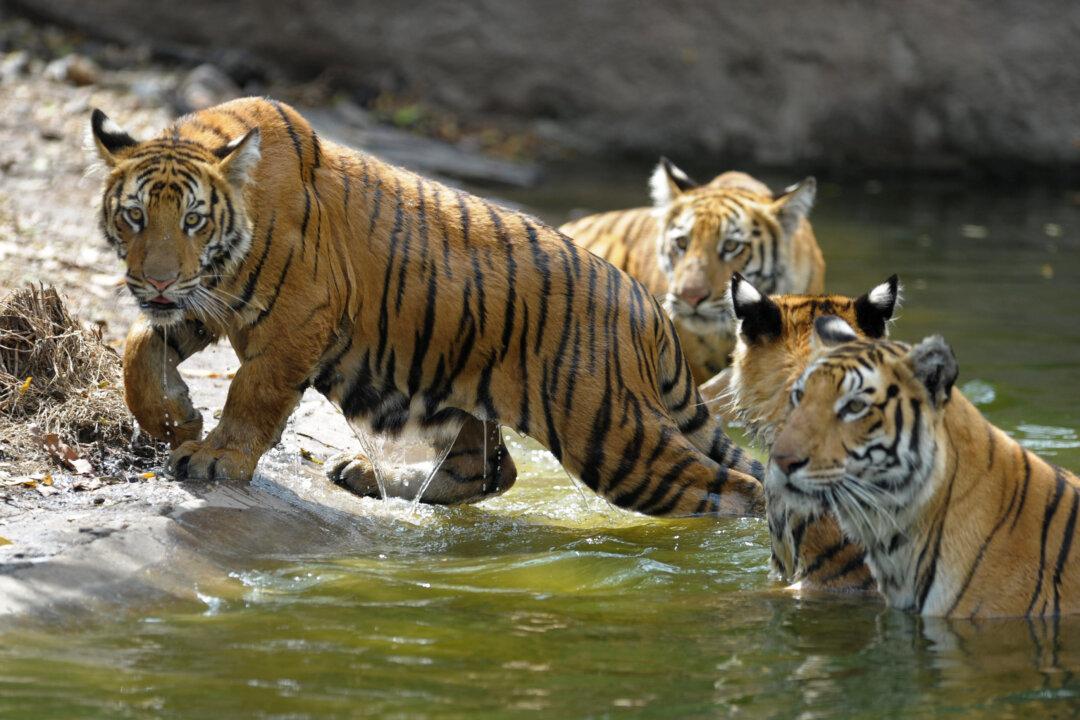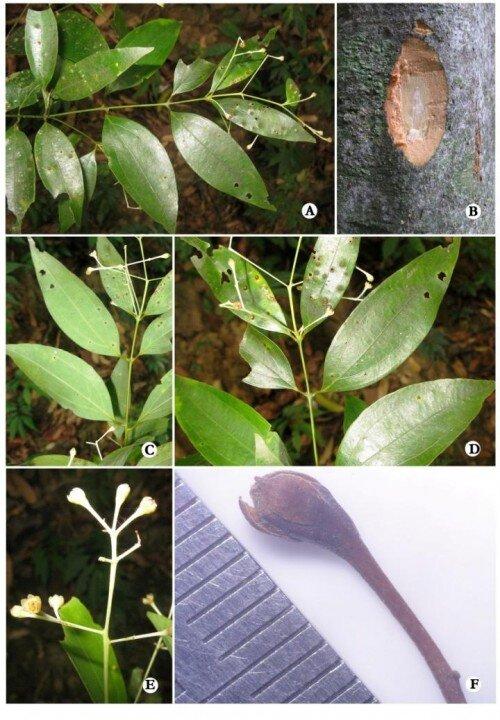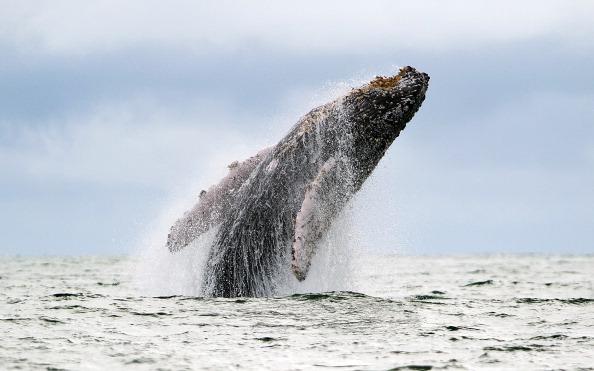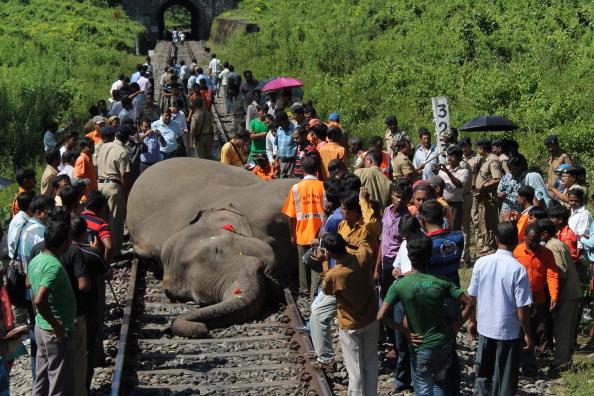It is that time of the year again when the east coast of India comes to life with millions of olive ridley turtle hatchlings, just out of their eggs start making their journey towards the sea and begin their marine adventures. Last week, the Gahirmatha coast in Odisha’s Kendrapada district was witness to this beautiful annual phenomenon called Arribada. For the first time ever, the unique phenomenon can also be viewed online – an effort to minimize onlookers crowding the beaches and yet giving them a chance to see the turtles nest and the hatchlings emerge out of their eggs.
The nesting grounds of Nasi-2 Island of the Odisha coast hardly saw any sea turtles nesting last year. But this time around, the beach has been totally littered with hatchlings making their seaward journey.
In order to ensure the safety of the eggs and hatchlings no visitors or tourists were permitted to view the event. The wildlife officials of Bhitarkanika National Park were the sole witnesses to this unique event allowing the baby turtles get their much needed solitary moments when they crawled towards the distant sea from their nests.
“The emergence of hatchlings from egg shells is expected to continue for at least for a week. The one-km beach is virtually littered with newly born hatchlings. The babies were literally jostling for space on the beach to loiter around before their final plunge into the seawater,” said Bimal Prasana Acharya, Divisional Forest Officer, Rajnagar Mangrove (wildlife) Forest Division.
“The babies broke out of the shackles of eggshells and wandered aimlessly around the sandy beach for nearly an hour before making their way to swirling seawater”, narrated an awe-struck wildlife staff.
“Nearly two million hatchlings have emerged out of pits till yesterday. The process of turtle birth is expected to continue for few more days”, he said.
The hatchlings are extremely sensitive to light and get distracted from their seaward path very easily. Hence all bright lights at the adjacent army test facility at the Wheeler Island were masked to help them make their journey peacefully.
Watch Mass Nesting Online
Further along the coast, at the Rushikulya rookery of Ganjam district mass nesting of the olive ridley turtles was witnessed in mid-March. To ensure that the turtles remained safe and yet nature enthusiast could witness the event without harming the baby turtles, for the first time, the state wildlife department initiated the process of webcasting the phenomenon of hatchlings crawling out to the sea.
The videos can be viewed on the website odishawildlife.org.
“The webcast will help reduce the crowd in the rookery during the hatching period,” said Divisional Forest Officer (DFO), Brahmapur S Mishra.
“The emergence of the baby turtles from the sand pits is recorded early in the morning and then uploaded on the website,” he added. “Research scholars and professionals in Information Technology (IT) have been engaged for the purpose.”
For protection of the baby turtles, forest officials is taking help from local volunteers and fishermen. The baby turtles who lose direction are being collected by forest staff and volunteers in buckets and released in the sea immediately.
“Our department has requested the authorities to switch off the street lights since baby turtles might get attracted towards the light and fall prey to predators,” Forest officials said.
Olive Ridley turtles (Lepidochelys olivacea), listed Vulnerable on the IUCN redlist is the smallest among sea turtles and are best known for their unique mass nesting habits. As with other species, they face many threats right from before they hatch out of the eggs in the rookeries; such as habitat loss, tidal waves, predators and poachers. However, increased awareness among the locals owing to the enduring work done by wild life officials and activists has helped the conservation of these hatchlings and ensured that they get back to the sea safe to begin their life.
This article was written by Ramya Naresh, a contributing writer for indiasendangered.com. This article has been republished with permission, original article here.
